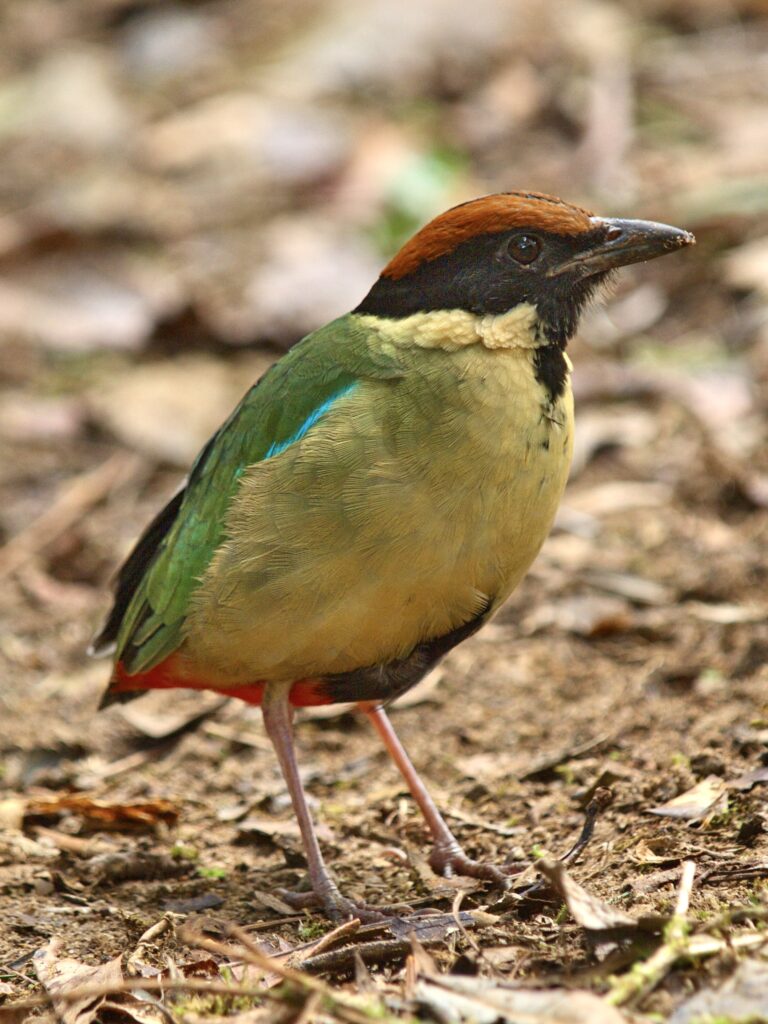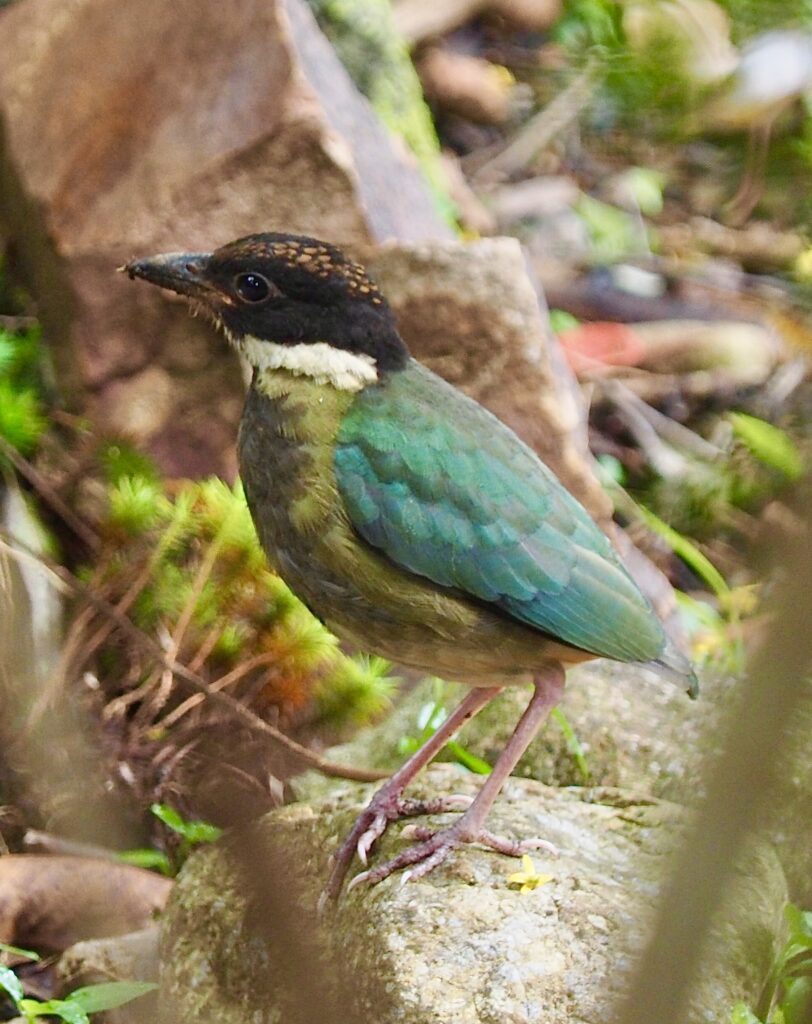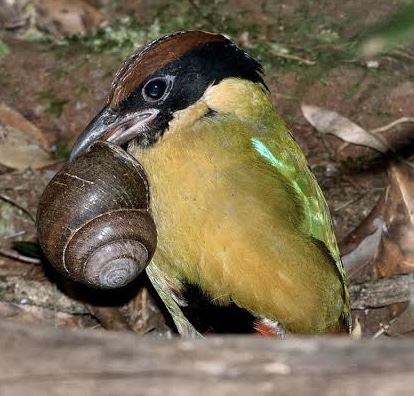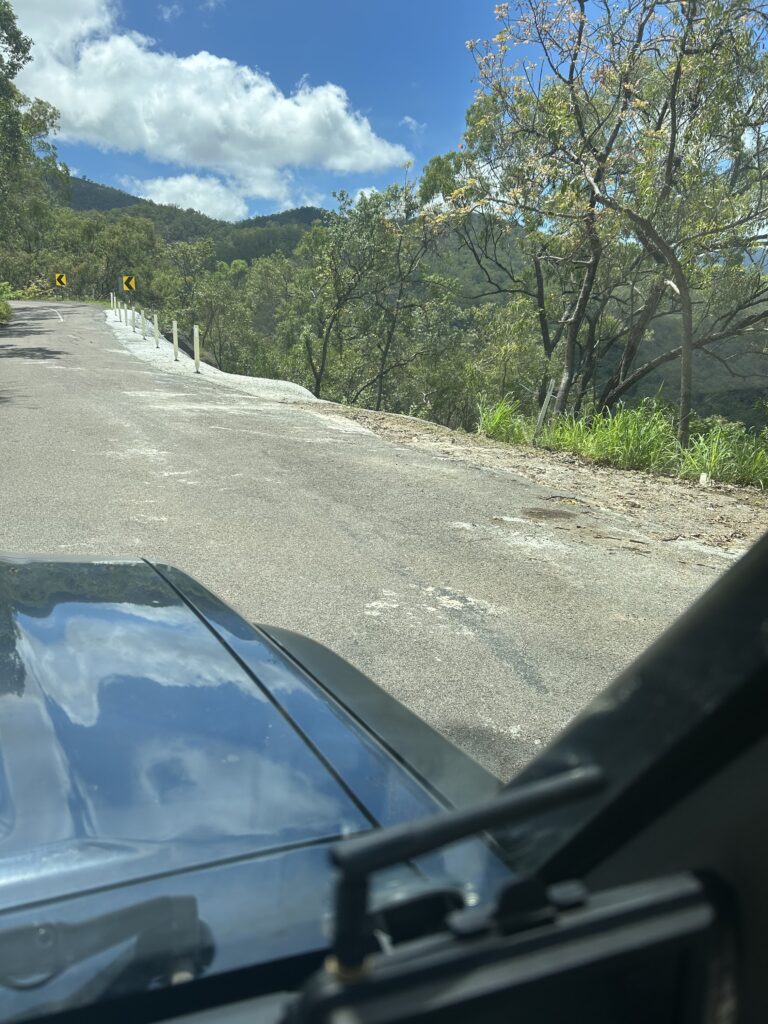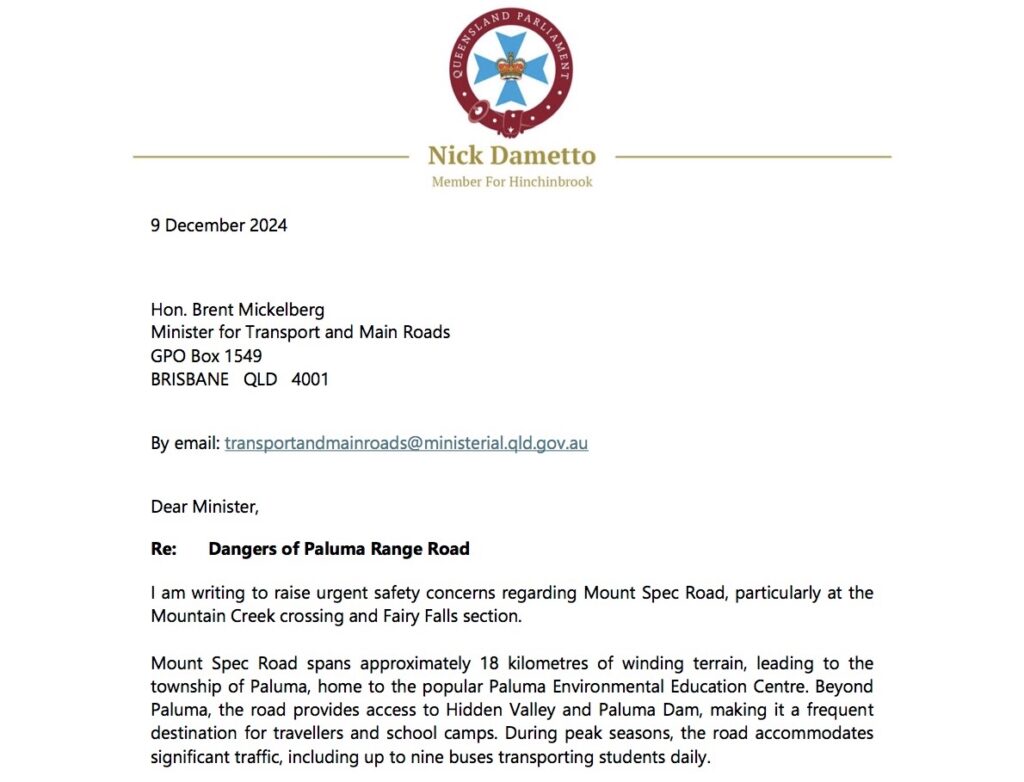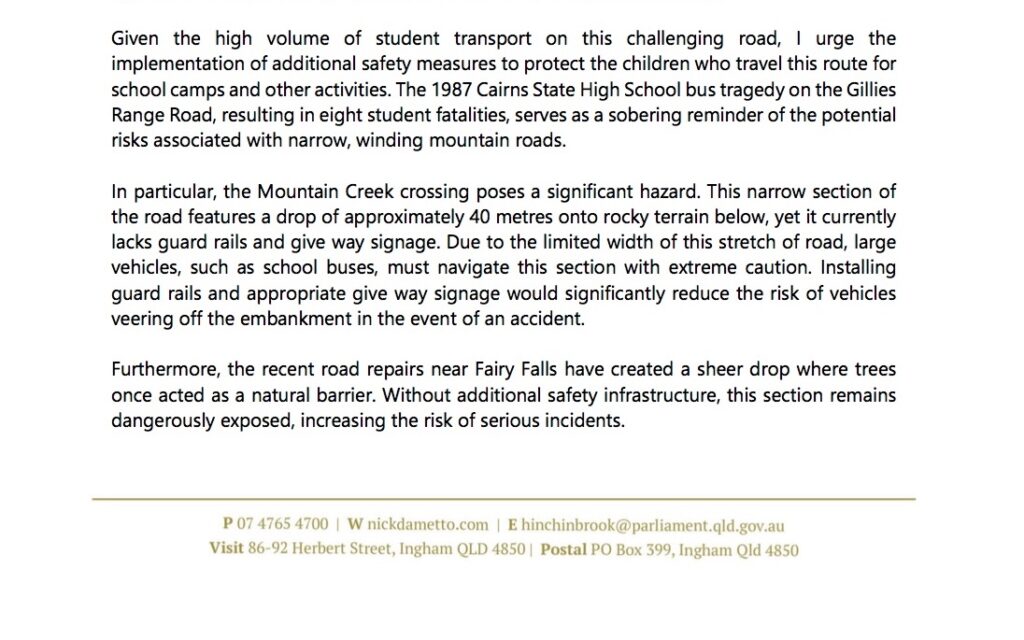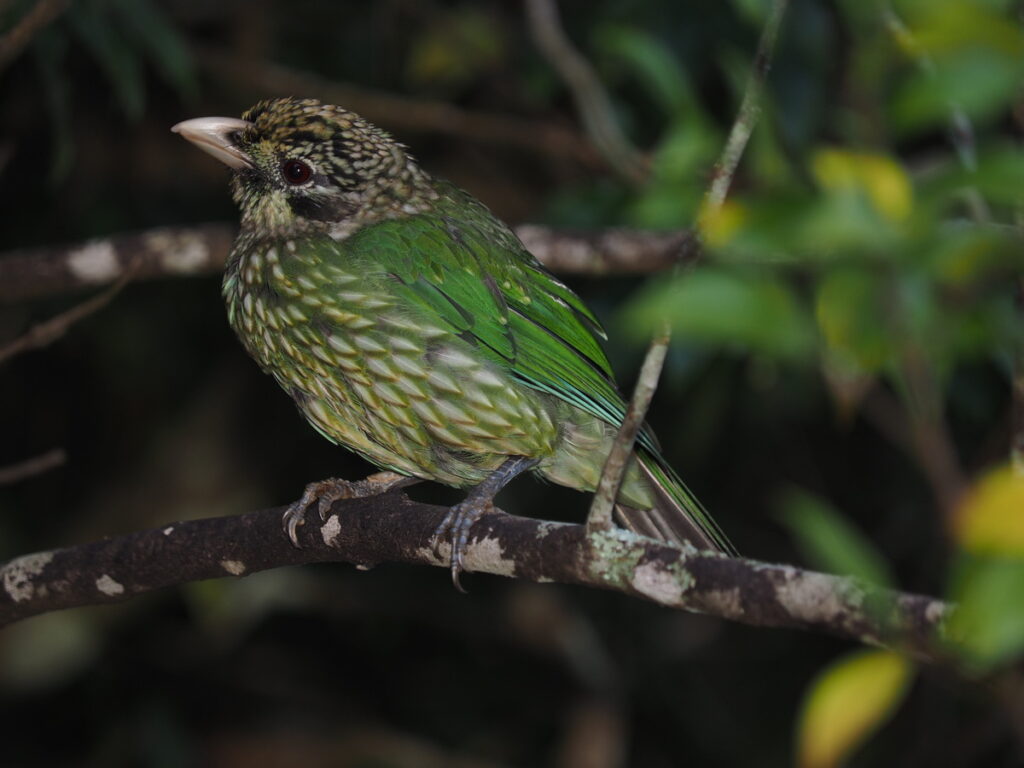According to reports in the news and our local readings, Paluma received the lion’s share of the rains that have wreaked havoc on nearby coastal communities. So how has the Village and its inhabitants fared? I have been in Townsville during the event so this report is compiled from various conversations I have had with some residents with phone reception and one intrepid visitor who recently braved the inland route.
Rainfall
During the 4 days of major rain (February 1-4th) Peter Cooke has recorded just over 2m of rain at the official Bureau of Meteorology rain gauge. This must be getting fairly close to a record fall, but I will need to check the records for 2019 first.

Power and phones
Near the start of the rains (Saturday at 2 am) power was lost to the Village and in short order this led to the loss of mobile phone service. Some communication lines with Paluma have remained open for those with generators and satellite internet connections, and also for those willing to go out to Witts Lookout or Star Valley Lookout in hopes of a 1 bar signal.
Quite a few people have generators and have been able to ration out their petrol in order to keep fridges and freezers cool, but dwindling petrol supplies is now a concern.
Access to/from Paluma
For a while the village roads were cut both east and west, but once the rain abated a group of locals set about clearing trees between Chicks Road and the Village, and then explored the state of the range road down a ways until they encountered a major landslip with major boulders blocking the way. This slip (probably one of several further down) means that major equipment will need to come up from Townsville before the range road is cleared. With Ollera Creek bridge cut, access to and from Townsville via the Bruce highway, will be impossible for a while, although a temporary bridge has been constructed for emergency vehicles.
Earlier this week Sam Steadman undertook to go up the back way and managed to bring some food and fuel and good cheer to both Hidden Valley and Paluma. This access road is in poor condition and will get worse with use, so it is not recommended unless the need is urgent.
Also, whilst things have been uncomfortable in the village, some of our valley neighbours have fared much worse with up to 1.8 metres of water through their dwellings. The Hidden Valley fire truck has been completely submerged. There are residents in this area unable to return to their homes. They are a strong community and are supporting each other through this but will need the full support available from our local, state and federal bodies to get back on their feet.

Food and Water
Most Paluma residents keep a stock of non-perishable foods so despite a mass cleanout of fridges and freezers, the food situation is not dire at present and relief supplies have been trickling in. The Disaster Management Group is aware of Paluma’s status and is making plans for substantial supply runs in the next day or so. A small group of four wheel drive vehicles is planning to go up with fuel and food this weekend if the rains permit.
Overall I understand the community spirit is high in Paluma and everyone is looking out for one another. There has been a community meeting to discuss coordinating efforts and communications back to Townsville, and there is now a Starlink internet access and a generator in the Community Hall that can be used when the generator is operating. While everyone in the community has played their part, special mention should be made of the two Townsville Water officers, Tracey Cooper and Rick Roveda who have been working overtime to help coordinate and communicate with Townsville City Council during the event. Also, Don Battersby has unsurprisingly been spending most of his time helping out various villagers in innumerable ways.
If any Paluma homeowners who are not currently in the Village would like some assistance in checking out the state of their house, or would like to donate any food or fuel from personal stores already up there, please contact me and I will try to coordinate these requests or offers.
It will probably be some time before life in Paluma returns to normal and I am sure we share the hope that everyone up in Paluma stays safe and secure in the meantime. Our thoughts are with you all!
Jamie Oliver & Juanita Poletto
(ph 0408710030)




